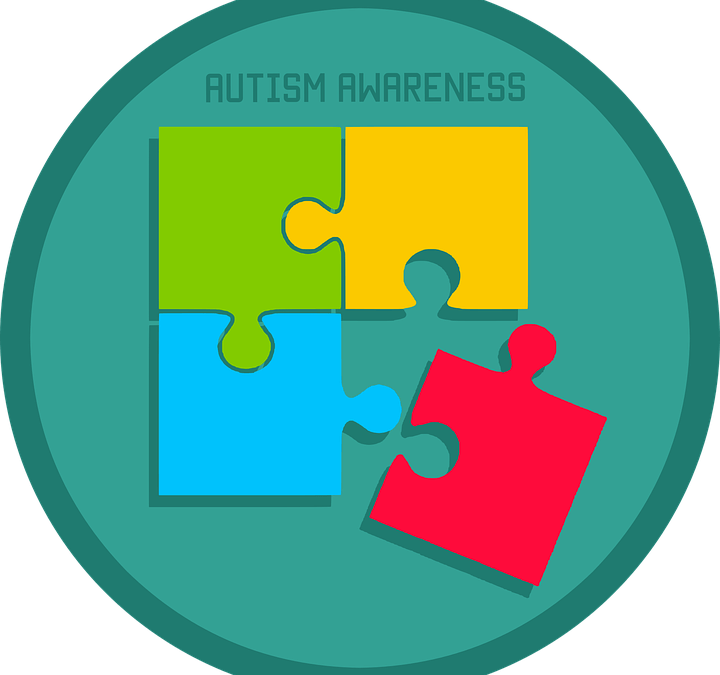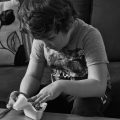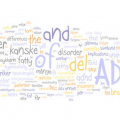Table of Contents
Autism is not a single disorder; rather it is a spectrum of closely related disorders that share certain symptoms. This is why it is more accurate to refer to these disorders as ASD, or autism spectrum disorder. The spectrum reflects the acuteness of the manifested symptoms, ranging from severe to mild.
There is no blood test or scanning procedure that can diagnose mild autism symptoms. Instead, the doctor will look at a variety of factors. To determine the level of autism in a child, the doctor will evaluate primarily two things: the child’s abilities or skills to communicate with others and the presence of restricted, repetitive behavior.
Diagnosis
To qualify for a diagnosis of mild autism symptoms, the child’s symptoms would have to present themselves before they are 3 years of age. If the symptoms appear past age 3, then the child doesn’t have autism but perhaps some other developmental disorder.
Mild autism symptoms sometimes manifest as early as infancy. Such symptoms may include reduced eye contact and indifference to caregivers. Sometimes, infants display normal development and then suddenly become withdrawn as toddlers.
In each case of autism, the child may display a pattern of behavior unique to them. Depending on where on the spectrum they are, the child may have normal or below average intelligence. They may have difficulty learning. Or maybe they have above-average intelligence but do not possess enough social skills to communicate their learnings well.
In general, the following are symptoms displayed by children on the spectrum.
Language & Communication
Many children on the spectrum have trouble communicating and comprehending language. Mild autism symptoms include:
- Delayed speech development (sometimes not talking at all)
- Having an odd speech pattern or using irregular rhythm or pitch in their words
- Repetitively saying words or phrases
- Difficulty initiating or keeping up with conversation
- Struggles with expressing what they want or need
- Have trouble comprehending simple instructions or phrases
- Cannot grasp meanings behind idioms, thereby taking things literally
- Understand sarcasm
- Cannot keep eye contact
- Have difficulty recognizing and interpreting non-verbal cues
Social interaction
Their problems with language and communication lead to children on the spectrum also having difficulty socializing, making friends, or simply relating to other people.
- Difficulty recognizing emotions and reactions of other people, thereby coming off as rude or sometimes aggressive
- Resistance to physical contact such a hand on the shoulder or hugs
- Unusual body language or facial expressions, such as having a blank stare when saying something that should be exciting
- Lack of interest or resistance to the company of others, especially stranger
Behavioral patterns
Children with autism often adapt to a rigid behavioral pattern, and they tend to stick to these patterns obsessively.
- Obsessive attachment to seemingly mundane objects, such as keys or socks
- Repetitive movements, such as constantly thrumming their fingers on a table or flapping their hands
- Obsessive fixation on an often niche topic or scope of interest, such as keeping track of train schedules, sports statistics, or license plates
- Odd movements, often clumsy and with a strange posture
- Get easily upset when change is abruptly introduced or when there’s a disruption in their routine
- Keep a rigid schedule and a fixed, sometimes odd way of doing things, such as wearing only blue socks on Tuesdays, having a specific order for their toys, and eating candies in only even numbers
- Intense reactions to certain sounds, textures, or sights
As they grow up, some children on the spectrum may learn to become more engaged with others and may show fewer of these behaviors. Some, usually those showing only mild symptoms, can lead normal lives, or as normal for them as possible.
Mild Autism
So what does it mean when a child has mild autism symptoms?
The term is not officially used in formal studies and is instead used to refer to a generally less severe case of autism. In other words, someone with “mild autism” may show some of the symptoms associated with autism, such as delayed social and communication skills. However, these symptoms are not acute enough to impair their daily functioning. They can still complete homework assignments but have problems relating to their peers. They may even have advanced academic skills but find that they find socializing a challenging pursuit.
How Can Mild Autism Be Treated?
Mild autism symptoms may vary depending on the situation. Possible treatment options include behavior therapy and developmental therapies. Specialists may use a variety of approach in order to help the child learn what qualifies as acceptable behavior and what does not.
Another treatment is speech therapy, in which specialists will address the child’s problems in communication. The child may be taught to recognize social cues and how to respond to them.
Other treatment options are drug therapy (using medication to manage the mild autism symptoms), physical therapy, and occupational therapy. To devise an effective treatment plan, comprehensive examinations would have to be done to evaluate the well-being of the child.






 I love to write medical education books. My books are written for everyone in an easy to read and understandable style.
I love to write medical education books. My books are written for everyone in an easy to read and understandable style.